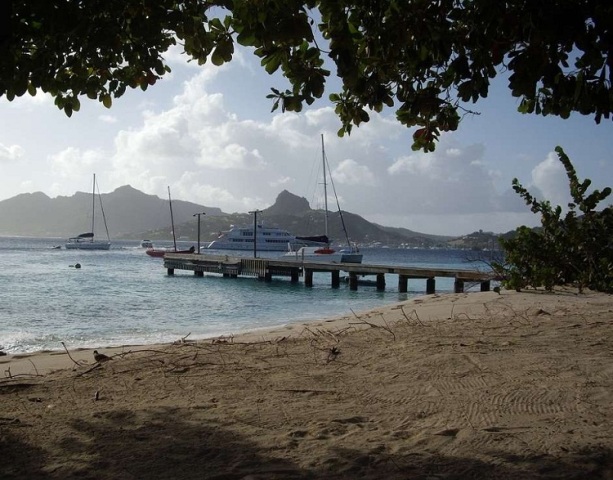Ever wondered about the story behind the Caribbean of St. Vincent And The Grenadines? This article will help you get acquainted with St. Vincent and the Grenadines.
Facts About St. Vincent And The Grenadines
If it’s a Caribbean getaway that you are looking for then one of the best places to go to would be St. Vincent and the Grenadines. St. Vincent and the Grenadines are actually a collection of islands that cover the island of St. Vincent and the other smaller islands extending up to Grenada. It is these smaller islands that are known as the Grenadines. The history of St. Vincent and the Grenadines follows a tone similar to that of the island nation of Grenada. The original inhabitants of the island, the Carib Indians, were beset by an invasion from France and later taken over by the British. Just like in Grenada, there was friction between the British colonists and the Black Caribs, which led to a revolt and more hostility. Having been under colonial rule for such a long time, St. Vincent and the Grenadines was the last to get its independence from British rule in 1979. St. Vincent and the Grenadines has an economy that is dependent on industries like tourism and agriculture.

Image: ctsnow@flickr
Interesting And Fun Facts about St. Vincent And The Grenadines
-
St. Vincent and the Grenadines were first found by the famous explorer Christopher Columbus in 1498.
-
The first to colonize St. Vincent and the Grenadines were the French who came to the islands in 1719 and settled down as cultivators of coffee, sugar, tobacco, indigo and cotton.
-
In 1763, St. Vincent and the Grenadines were handed over to the British only to be returned to French rule in 1779.
-
The administration of St. Vincent and the Grenadines changed hands once more in 1783 when the Treaty of Versailles handed over St. Vincent and the Grenadines over to the British.
-
The laborers brought in to serve on the plantations were brought in from Africa in the form of slaves who married among the local population to give birth to the Black Caribs.
-
Friction between the British and the Black Caribs finally led to the revolt of 1795, which was led by Joseph Chatoyer, which resulted in the deportation of 5,000 Black Carib slaves to an island off the coast of Honduras.
-
Slavery was officially abolished in 1834 and led to the entry of Portuguese immigrating to the Grenadines to fill up the shortage of labor.
-
St. Vincent and the Grenadines was initially a part of the Federation of the West Indies from 1960 to 1962.
-
When the federation failed, St. Vincent and the Grenadines became independent. Autonomy was granted to St. Vincent and the Grenadines in 1969.
-
St. Vincent and the Grenadines became officially independent on October 2, 1979 and adopted their constitution on the same day while choosing to follow a democratic form of government.
-
The present economy of St. Vincent and the Grenadines depends heavily on tourism and agriculture with banana plantations accounting for nearly 50% of the exports. The same plantations also employ approximately 60% of the workforce.
-
The tourism industry has won St. Vincent and the Grenadines the Best Sailing & Yachting Island of The Year award for the year 2009.
-
Two of the popular local drinks found in St. Vincent and the Grenadines are Hairoun beer and Sunset rum.
-
Hairoun is actually the original Amerindian name of St. Vincent and means ‘Land of the Blessed’.
-
St. Vincent and the Grenadines is very popular for being a weddings and honeymoon paradise and has won the Best Honeymoon Island of The Year presented by Caribbean Travel World Awards in 2007 and again in 2008.
-
The capital city of Kingstown is known to have at least 400 arches and is also referred to as the city of arches.
-
The King’s Hill Reserve is considered as one of the oldest Forest Reserves in the west and established all the way back in 1791.
-
All three parts of the movie ‘The Pirates of the Caribbean’ were shot in St. Vincent and the Grenadines.
See also
More from iloveindia.com
- Home Remedies | Ayurveda | Vastu | Yoga | Feng Shui | Tattoos | Fitness | Garden | Nutrition | Parenting | Bikes | Cars | Baby Care | Indian Weddings | Festivals | Party ideas | Horoscope 2015 | Pets | Finance | Figures of Speech | Hotels in India : Delhi | Hyderabad | Chennai | Mumbai | Kolkata | Bangalore | Ahmedabad | Jaipur
- Contact Us Careers Disclaimer Privacy Policy Advertise With Us Lifestyle Sitemap Copyright iloveindia.com. All Rights Reserved.







